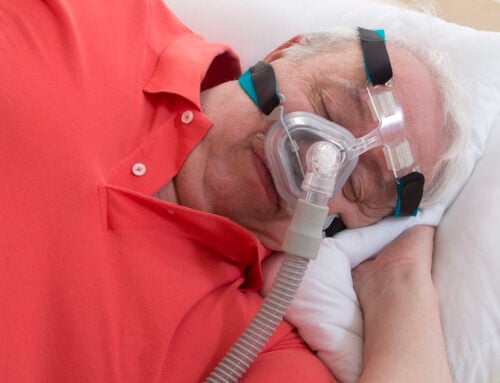Stress Tests And Heart Health
Stress tests are used to determine heart health. During the exercise, the patient is attached to a monitor to record the heart’s activity. Blood flow problems and coronary artery disease (CAD) can be identified in addition to other heart-related conditions.

What is a stress test?
A stress test is an exercise test for the heart. The test is designed to determine how the heart is performing. Physical activity requires the heart to work harder and faster to pump more blood. The test will reveal if there are any blood flow problems within the heart. For individuals with heart conditions, the stress test can help identify safe types of physical activity.
Who needs a stress test?
People of any age can undergo a stress test. Doctors use the stress test to identify irregular heartbeats. The test can also determine if chest pain or difficulty breathing during exercise is related to a heart condition. For individuals in a heart rehabilitation program, the stress test can identify if and how well treatment is working. The test can also detect coronary artery disease. Doctors may even use a stress test to determine the timing of heart surgery.
Before the test
Before the test, a patient may be advised to stop taking certain medications. Asthma inhalers or medications should be brought to the test. The patient will likely be asked to refrain from eating or drinking for a couple of hours beforehand. Water is fine. Caffeine should be avoided starting a day before the test. After testing, the patient can eat and drink as normal. The patient should wear comfortable gym clothing and tennis shoes.
During the test
The total test should take about an hour from start to finish. A technician will place electrodes on the patient’s chest, legs, and arms. The electrodes connect to an electrocardiogram (ECG) machine. The machine will record the electrical activity of the heart. A blood pressure cuff will be placed on the patient’s arm to check blood pressure levels throughout the test. The patient will be asked to breathe into a tube to determine respiratory strength. The tube may be attached to a mask and worn during the entire test, or the patient will breathe into the tube at the end. For individuals unable to exercise, IV medication will be given to mimic the effects of exercise and increase the heart rate.
The patient will be asked to walk or jog on a treadmill or ride a stationary bike for approximately 15 minutes. Each patient will continue exercising until reaching a target heart rate or developing stress symptoms. The stress symptoms include chest pain, dizziness, abnormal heartbeats, or swings in blood pressure.
After the test
If the results of the test show that heart function is normal, and no additional symptoms have developed, the patient will be released. If the results still show normal heart function, but stress symptoms have developed, the patient will need additional testing. Doctors will likely recommend a nuclear stress test or echocardiogram. In some cases, if coronary artery disease is suspected, the doctor will order a coronary angiogram.
Stress tests can save lives
Stress tests are used to determine heart health. The tests help guide treatment plans. Arrhythmia, coronary artery disease, and other heart-related conditions can be identified through stress tests. Stress tests can end up saving lives. Talk to a healthcare provider today to learn more.




